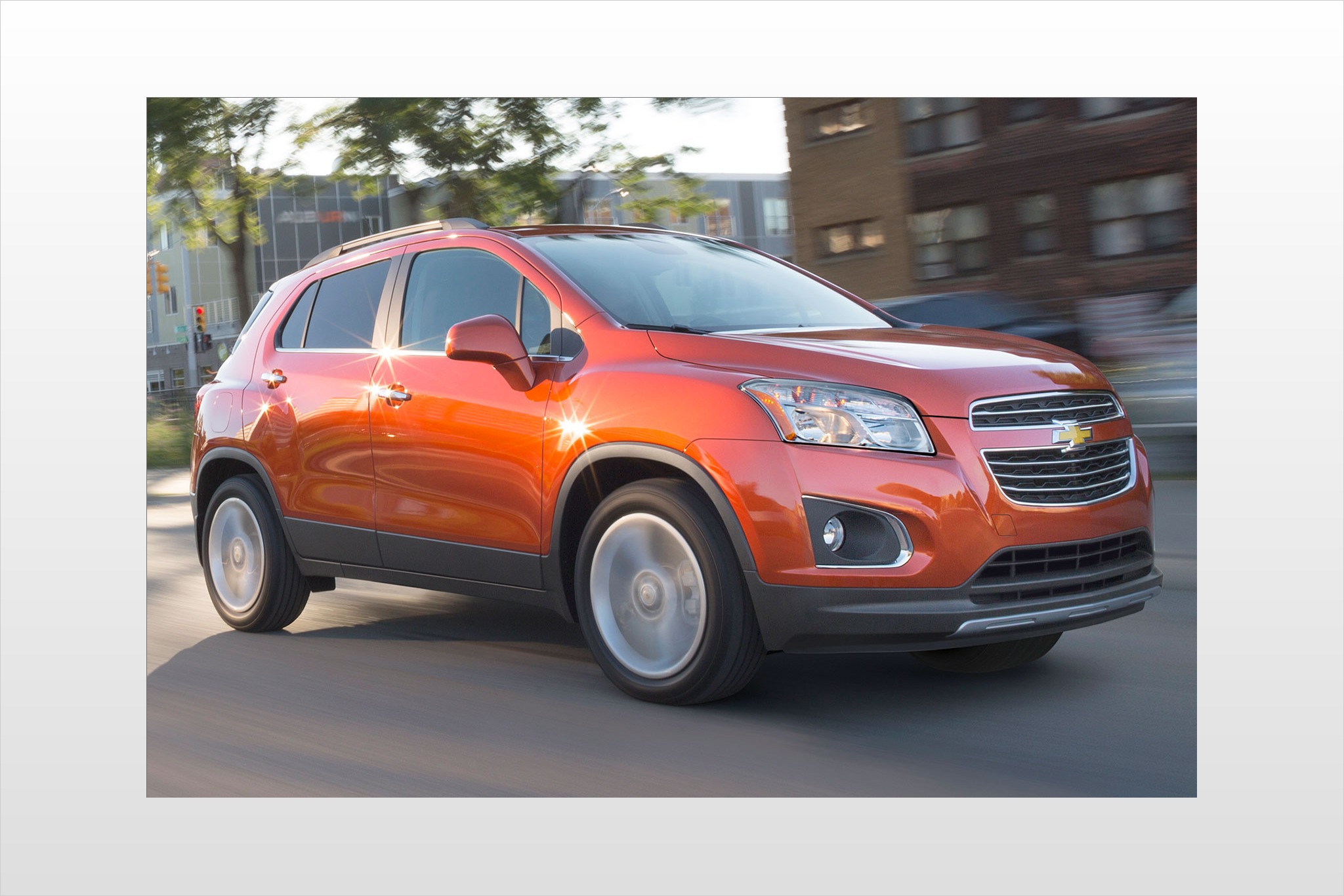

A vertically vast greenhouse welcomes taller drivers and passengers alike, front and rear. Soft-touch surfaces feel nice, but they're few and far between, leaving most of the heavy lifting in the hands of hard plastic that makes the Trax feel utilitarian and low-rent. However, the Trax's electric power steering manages to feel good at nearly any speed, its solid-feeling chassis has a keen ability to absorb bumps, and its track is wide enough to negate the "tippy" feeling so common found in mini-utes of yore.īut on the other hand, materials used in the Trax's interior leave much to be desired. Regardless of driveline, the little Chevy is not a handler compared to some of its competitors, namely the Mazda 2-based CX-3 and lower-end versions of the Jeep Renegade. Instead, the system is aimed at delivering improved all-weather traction without garnering a huge fuel economy penalty above 37 mph, the Trax sends all of its available power to the front wheels for improved fuel efficiency unless it senses wheel slip. It should be mentioned the all-wheel-drive system in the Trax isn't built for mountain climbing.

A sprint to 60 mph takes 9.4 seconds in front-wheel-drive models, while all-wheel-drive versions arrive to the party just 0.3 seconds later. The all-wheel-drive running gear, which weighs a quite significant 400 pounds, also contributes to it feeling a touch heavier and slower. Both of these characteristics help the front-drive model eke out a 2-mpg advantage over the all-wheel-drive Trax. The front-wheel-drive Trax rides about a half an inch lower than the all-wheel-drive version. Blame the six-speed automatics gear ratios for this, which are focused on returning increased city fuel efficiency. Full-throttle sprints between 60 and 75 mph require planning. Above 3,500 rpm, the 1.4-liter engine is a noisy travel companion-and it doesn't make up for that screaming with much additional gumption. Still, the same engine characteristics that make the Trax great around town also contribute to it not being the best freeway cruiser. The Trax wears an exterior and interior design that's straightforward, practical, and probably well suited to its class and intended use, but would it have killed GM's designers and beancounters to take a few more risks? Shelling out for the top-trim LTZ brings nicer two-tone vinyl upholstery and console parts covered in patterned trim. That instrument panel sees a 3.5-inch monochrome screen, which displays a numeric speedometer along with vital vehicle details and warning lights, placed beside a tachometer situated to its left.Ĭhevrolet's designers used black upholstery on Trax base models, but it's visually broken up with blue contrast stitching to relieve the effort of potential grimness. However, the LS model does get body-colored pieces for its mirrors and rear license-plate surround.Ĭhevrolet's corporate "twin cockpit" interior styling makes an appearance in the Trax, though with a more utilitarian, practical, upright configuration and gauges almost identical to the Sonic. Further pushing the budget look on base models are a lack of brightwork along its sides and the absence of roof rails, the latter of which are standard equipment on all other trims. Buyers looking for bigger, more expensive wheels will need to go to LT and LTZ models, which feature 16- and 18-inch alloys, respectively. As the base LS model is for budget-conscious buyers, it wears some fairly sensible footwear in the form of steel wheels with plastic wheel covers.


 0 kommentar(er)
0 kommentar(er)
